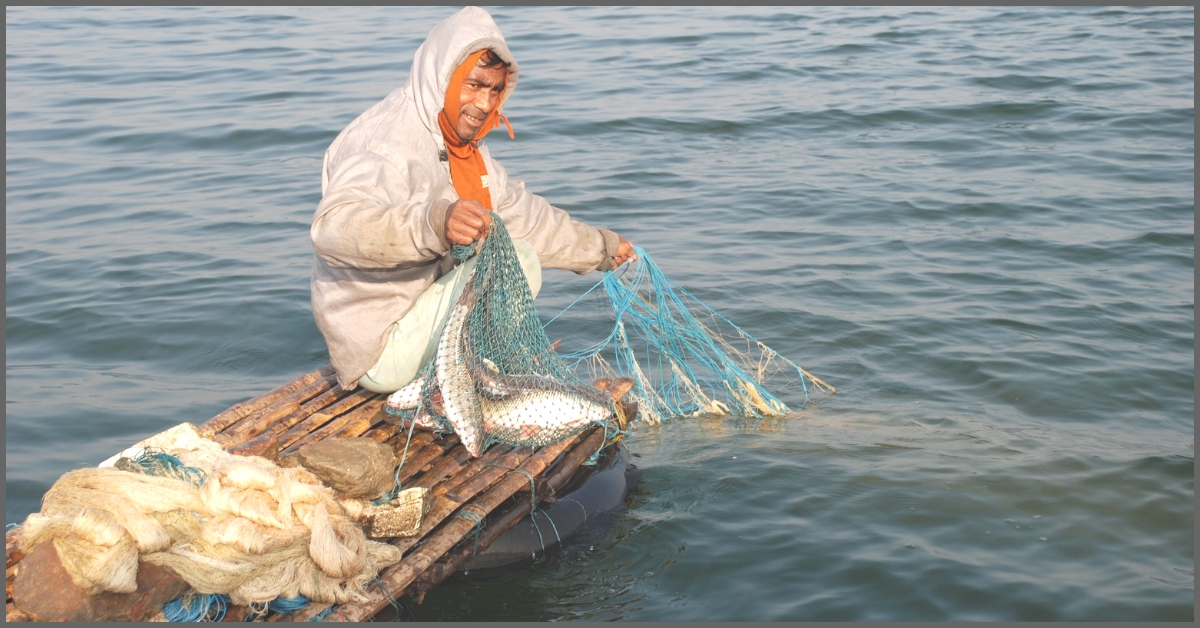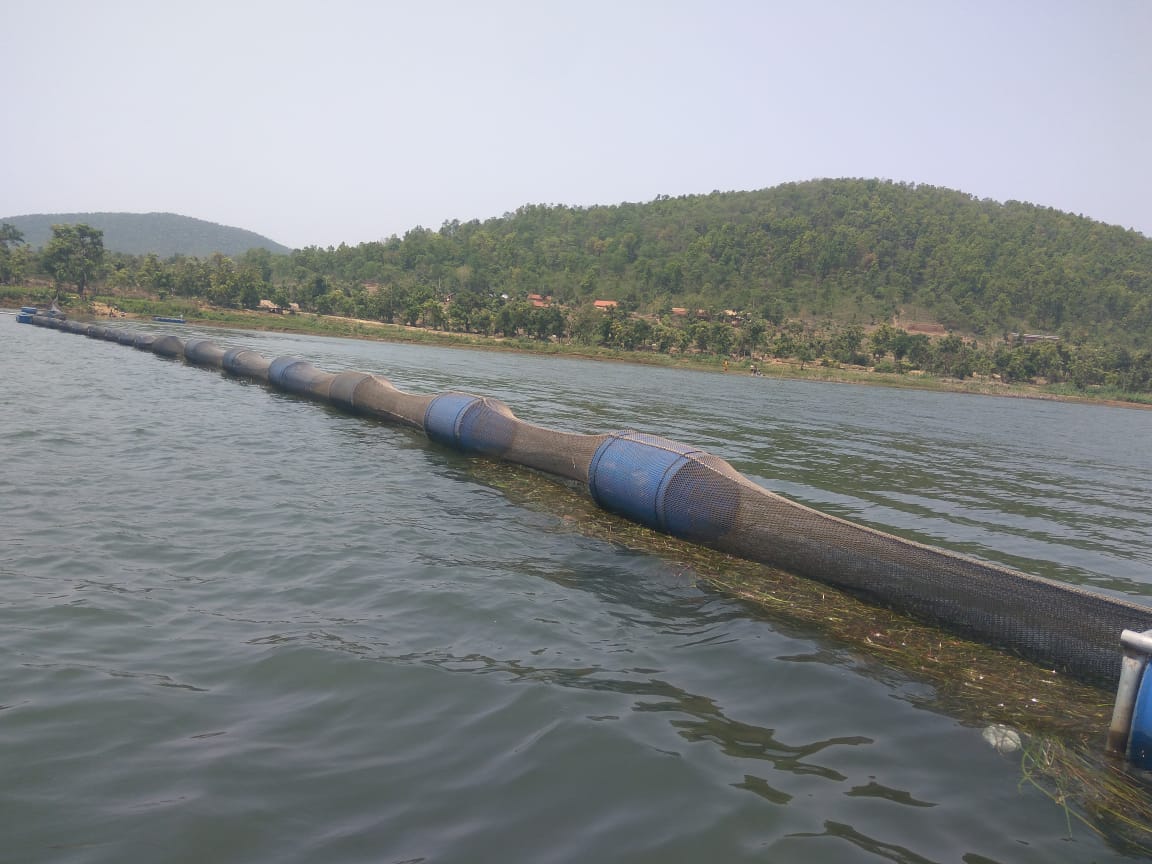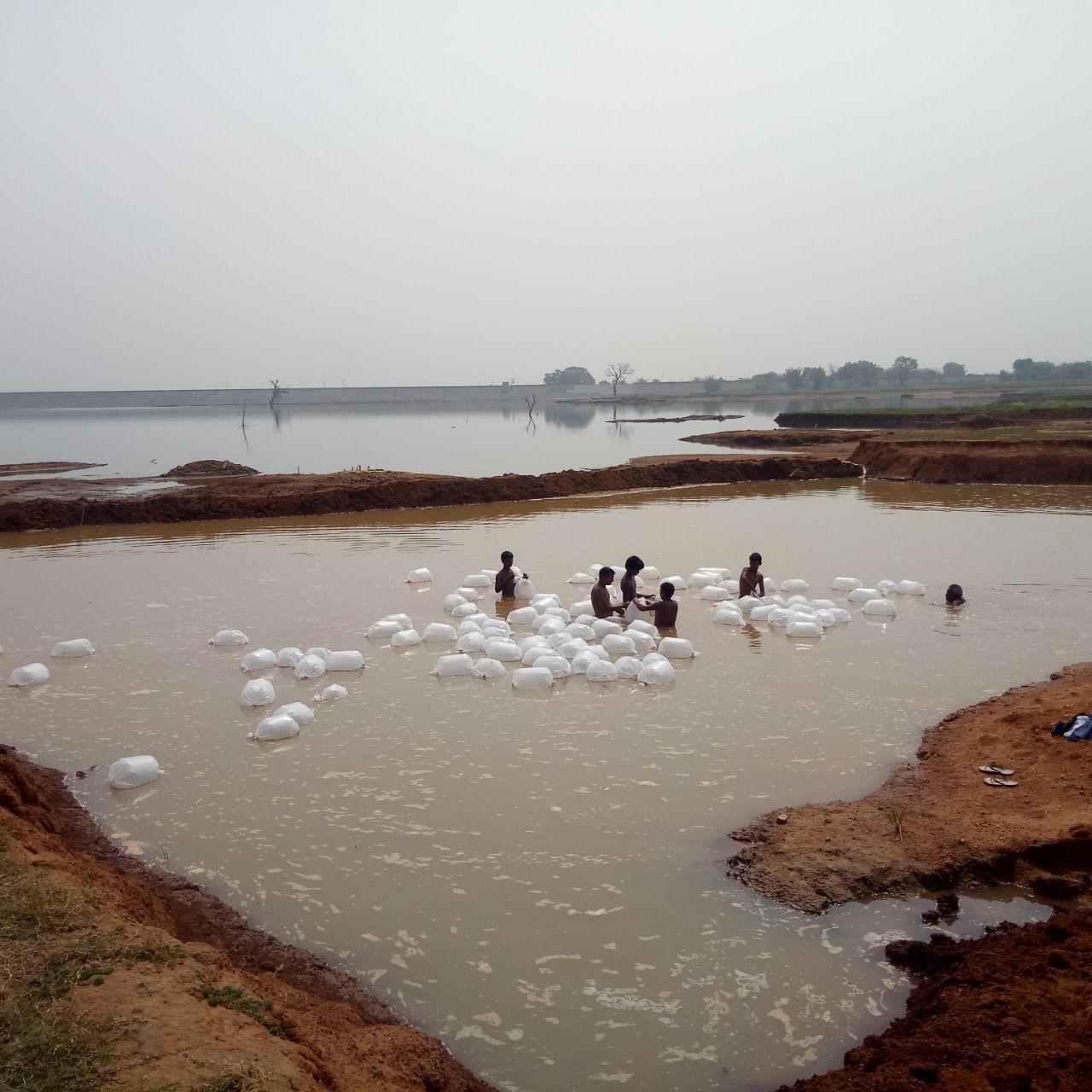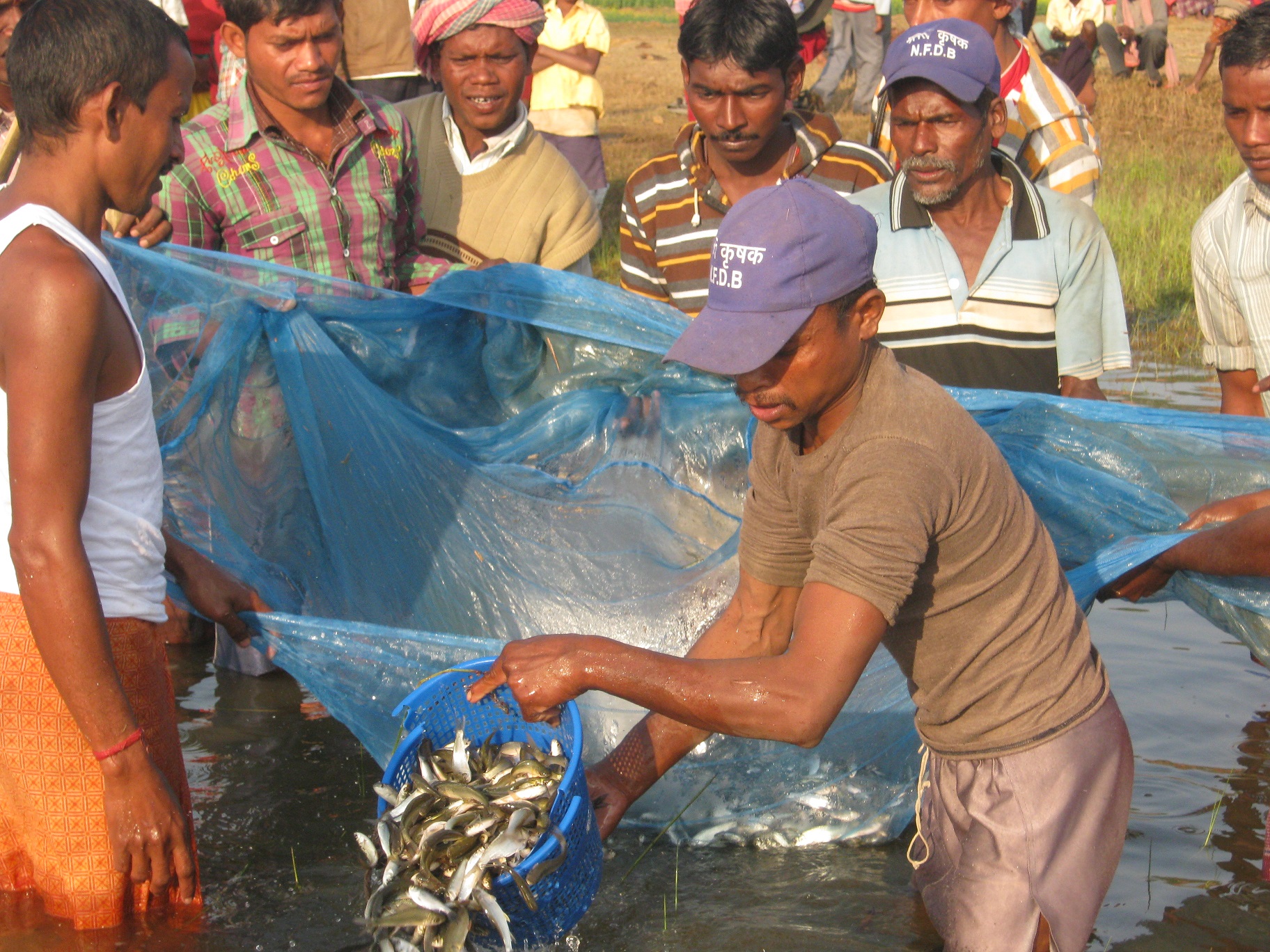No Job to Rs 1.5 lakh: How 34 Jharkhand Youth Became An All-India Case Study
Villagers of Jharkhand are becoming richer every day through fish farming. The state which once produced only 14,000 metric tonnes of fish a year is now producing over 1.90 lakh metric tonnes.

Ashrita Horo, who was once unable to arrange food for her family due to extreme poverty is now not just earning a minimum of Rs 1.20 lakh annually but is also providing employment opportunities to other women in her village.
Ashrita, a resident of Jalanga, a village in the interiors of Khunti district of Jharkhand was first introduced to aquaculture in 2010.
“My husband took me to Ranchi in 2010 to show me around the town, but he made me sit near the gate of Fisheries Training and Research Centre and went to visit the local market,” she said.

As Ashrita sat there alone, she noticed people in blue uniforms leaving the building. “I asked the guard and was informed that these were villagers who are being trained in fish culture. I found it fascinating and decided to visit the centre,” she added.
Soon Ashrita applied for training in aquaculture and started fish farming in a pond in the village by buying fish spawn on a subsidised rate from the market. The first year, her income was Rs 55,000 and by the third year, it increased to Rs 1.20 lakh.
“My life changed within three years. Now I do not just earn for the entire family, I also send my two children to an English-medium school,” Ashrita said.
The success story of Reservoir Fish Farming (RFF) in Salboni, a small village in the Saraikela-Kharsawan district of Jharkhand has become a case study for the fisheries departments of various states.

In 2016, as many as 34 unemployed youths of the village got together and started RFF in Chandil Dam. Vibhishan Murmu, who headed the team, said, “The first year, we were able to produce 15 tonnes of fish, which, when sold gave a profit of Rs 50,000 to every member of the group. Over the years, the annual income per head has gone up to Rs 1.5 lakh.”
From the production of merely 14,000 metric tonnes of fish in the financial year 2001-02, the State Fisheries Directorate has managed to increase the production to a whopping 1.90 lakh metric tonnes in FY 2017-18.
The various projects, schemes and subsidies offered by the Directorate has not just provided direct and indirect employment opportunities to the unemployed youth of the state but has also led to an increase in the revenue from Rs 132 lakh in FY 2006-07 to Rs 505.98 lakh in FY 2017-18.
At present, the Directorate has more than 1,28,000 fishermen enrolled with it, who are involved in various sectors of aquaculture and rear fish in over 1.33 lakh private and government ponds, farm ponds, dams, rivers and tube wells. There are many aspects of aquaculture in which the farmers are involved right from hatchery management to nursery pond management, rearing pond management and composite fish culture management.
However, the major projects which led to the tremendous growth in fish production in the state included cage farming and reservoir fish farming (RFF).

Dr H N Dwivedi, Director, Fisheries Directorate, said, “Jharkhand is the first state to adapt cage farming on a large scale. Cage culture started here in 2011 and has grown tremendously since then.”
An average cage is of 6x4x4 metres which is 96 cube metres and can stock up to 6,000 fish. “Thus, the stocking density of a cage is around 50 to 60 fish per metre cube, while in a regular pond, the stocking density is only one or two fish per metre cube,” he added.
The cages are fabricated by professional fabricators in dams, and the fish farmers are given a 90% subsidy to get them installed. 3,625 such cages are installed across the state in various dams including Chandil, Kanke, Getalsud, Patratu, Tillaiya, Maithan, Konar, Tenughat, Masanjore and others.
Meanwhile, RFF, another project which helps in high fish production has also been widely appreciated.

Under this project, groups of local unemployed youth, including both men and women are trained by the Fisheries Directorate. “The process is simple: pockets of ponds and water bodies having narrow necks are separated using nets, and fish are reared in these areas. We support the farmers in erecting nets and provide them training, fish seed and fish feed,” Dwivedi explained.
Also Read: India’s First Licensed Fisherwoman Is Both Braving the Sea & Breaking Old Norms
With the growth in fish production in the state being tremendously high, officers from other states often visit Jharkhand to study the two processes. “Till date, officers from the fisheries department of states such as Maharashtra, Bihar, West Bengal, Telangana, Odisha, Rajasthan, Chhattisgarh, Madhya Pradesh, Himachal Pradesh, Punjab and many others have visited the state to study cage culture and RFF,” the director said.
Apart from providing training to the fish farmers, the Directorate also provides subsidies and facilities–from providing fish seeds to boats and cages on subsidised rates, to providing pucca houses for the fishermen.
Till date, 16,843 fishermen families across the state have been provided pucca houses while another 2,735 families would be allotted houses by the end of this year.

This apart, the fish farmers have also been provided with mobile vans, pushcarts, freezers and other needed equipment on up to 80% subsidy.
You May Also Like: Jharkhand Women Help Mahua Make the Big Leap from Liquor Bottles to Laddoos!
Randhir Kumar Singh, state agriculture minister, concluded, “The government is dedicated to providing livelihood to as many people through fish farming as possible. We are aiming to increase the fish production to 2.25 lakh metric tonnes by the end of the current financial year.”
(Edited by Shruti Singhal)
Like this story? Or have something to share?
Write to us: [email protected].
Connect with us on Facebook and Twitter.
If you found our stories insightful, informative, or even just enjoyable, we invite you to consider making a voluntary payment to support the work we do at The Better India. Your contribution helps us continue producing quality content that educates, inspires, and drives positive change.
Choose one of the payment options below for your contribution-
By paying for the stories you value, you directly contribute to sustaining our efforts focused on making a difference in the world. Together, let’s ensure that impactful stories continue to be told and shared, enriching lives and communities alike.
Thank you for your support. Here are some frequently asked questions you might find helpful to know why you are contributing?


This story made me
-
97
-
121
-
89
-
167











